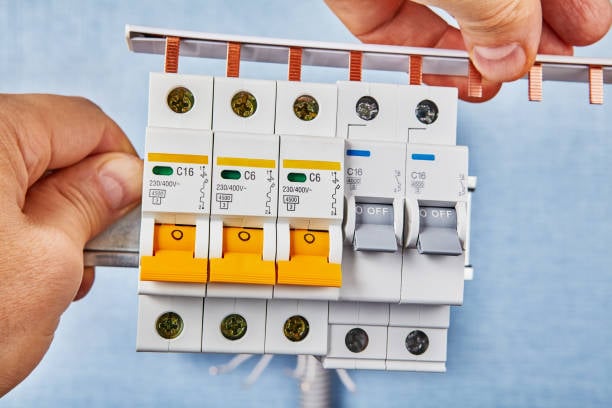How to identify breakers in a house?: A Comprehensive Guide
Having a basic understanding of your home's electrical system is crucial for the safety and functionality of your household. One important component of this system is the breaker panel, which controls the flow of electricity to different areas of your home. Understanding how to identify breakers in a house can help you troubleshoot electrical issues, perform maintenance tasks, and ensure the smooth operation of your electrical system. In this article, we will guide you through the process of identifying breakers in a house, providing you with valuable insights and practical tips.
1. Familiarize Yourself with the Breaker Panel
Before you can identify breakers in a house, it's important to understand the layout and components of your breaker panel. The breaker panel, also known as the electrical service panel or distribution board, is typically located in a basement, garage, or utility room. It consists of a metal box with multiple switches or circuit breakers inside. Each switch or breaker corresponds to a specific electrical circuit in your home.
2. Turn Off All Appliances and Electronics
Prior to identifying breakers, it's essential to turn off all appliances and electronics in your home. This precautionary step ensures your safety and prevents any potential electrical surges or hazards while you work with the breaker panel.
3. Locate the Main Breaker Switch
The main breaker switch is the most important switch in your breaker panel. It controls the flow of electricity from your utility company to your home. To locate the main breaker switch, look for a large switch at the top or bottom of the breaker panel. It is usually labeled "Main," "Main Breaker," or "Utility Disconnect."
4. Test the Main Breaker Switch
To determine if the main breaker switch is functioning properly, flip it to the "Off" position. This action should cut off the power supply to your entire home. If the power remains on, you may have a faulty main breaker switch and should consult a licensed electrician for further assistance.
5. Identify Individual Circuit Breakers
Once you have located and tested the main breaker switch, you can move on to identifying individual circuit breakers. Each circuit breaker controls electricity to a specific part of your home, such as a room, an appliance, or an outlet. The breakers are typically labeled or numbered to indicate which area or appliance they correspond to.
6. Use a Circuit Breaker Finder Tool
If your circuit breakers are not clearly labeled or numbered, you can use a circuit breaker finder tool to identify them. This device consists of two parts: a transmitter and a receiver. Simply plug the transmitter into an outlet and scan the breaker panel with the receiver. The receiver will indicate which breaker is associated with the outlet, enabling you to label it accordingly.
7. Test Each Circuit Breaker
To ensure the functionality of each circuit breaker, it is advisable to test them individually. Start by flipping all the breakers to the "On" position. Then, one by one, turn off each breaker and observe which areas or appliances in your home lose power. This process will help you create a comprehensive circuit map and identify any malfunctioning breakers that need to be replaced.
8. Label Your Circuit Breakers
Properly labeling your circuit breakers is essential for future reference and troubleshooting. Once you have identified each breaker, use a label maker or a permanent marker to clearly mark the corresponding area or appliance it controls. This will save you time and effort in the future, especially when performing electrical repairs or maintenance tasks.
9. Regularly Inspect and Maintain Your Breakers
Identifying breakers in a house is not a one-time task. It is important to regularly inspect and maintain your breakers to ensure their proper functioning. Periodically check for any signs of damage, such as frayed wires or loose connections. If you notice any issues, it is recommended to consult a professional electrician for repairs or replacements.
10. Seek Professional Help When Needed
While identifying breakers in a house can be a DIY task, it is crucial to know your limits and seek professional help when needed. If you encounter any complex electrical issues, if you are unsure about your abilities, or if you need to upgrade your electrical system, it is best to consult a licensed electrician. They have the knowledge, experience, and tools to handle any electrical task safely and efficiently.

